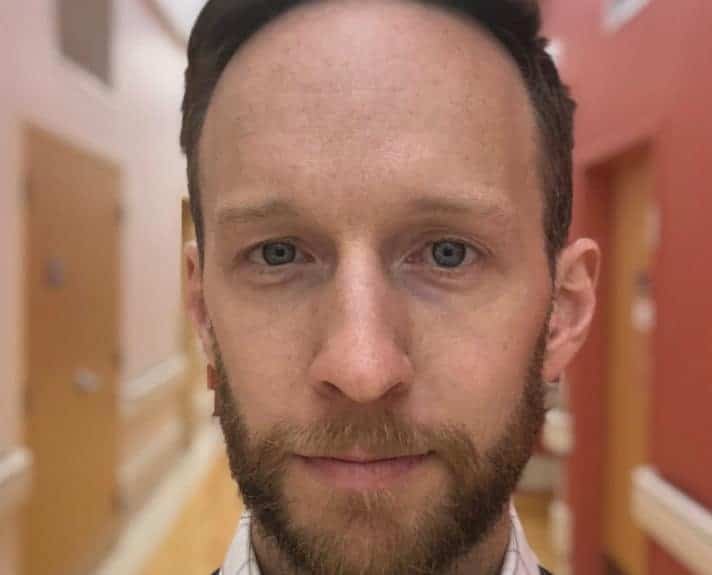Since mid-November, there have been 44 confirmed cases of the H1N1 strain of the flu in Inuvik, according to Dr. Matt Quinn, regional public health officer and family physician and the Inuvik Regional Hospital.
"It's been quite a busy flu season, it seems to have come earlier than previous years. So far to date we've had 44 swabbed positive cases, compared to roughly 17 or 18 for the entire year for the past two years before this," said Quinn. "For the past few weeks, we've had anywhere from five to 15 patients a day coming into the walk-in clinic or the emergency department with flu-like symptoms, so that's probably a better estimate of the total number of cases."

In 2015, Inuvik saw 28 confirmed cases of the flu, and 35 in 2014, Quinn said, making 2018's number the highest in five years.
"We have had high numbers in years before as well, but this year at 44 is higher than usual," he said. "The 44 cases is based on those who have had a swab of their nose to confirm the flu virus, but that's largely underestimating the total number of cases … Most people who get the flu won't necessarily come into the hospital and see a doctor or see a nurse, which is actually what we recommend – most people with the flu can just stay home and drink fluids and rest and your body fights it off naturally."
In addition to the increase in cases, Quinn said the flu season also started earlier than in previous years – usually it would start in mid-December, but this year it started in mid-November, so he said he's hoping it will end earlier, too.
He said there are several reasons why there are so many more people getting the flu this year.
"One explanation would just be that it is a stronger flu strain this year. Another explanation could be lower rates of vaccination. We do know that the vaccination this year protects against H1N1, which is the dominant strain going around, so that could be contributing," he said. "Another possible explanation could be perhaps nurses and physicians are doing a better job of swabbing this year, which could be an alternative explanation, but anecdotally, just from working in the emerg and walk-in clinic, it does seem to be a stronger flu season overall."
Quinn said if you have the flu, you don't necessarily need to come into the hospital unless you are over the age of 65 or under the age of five, experiencing chest pain, having trouble breathing, experiencing severe vomiting or have a fever that has lasted more than three days.
"Those would all be indicative of a more severe case of the flu and would warrant being seen by a physician," he said.
Quinn added that there is still time to get your flu shot, which protects against the H1N1 strain.
Clinics are happening throughout the month or you can make an appointment at Inuvik's Public Health Centre located at 106 Veterans Way.
